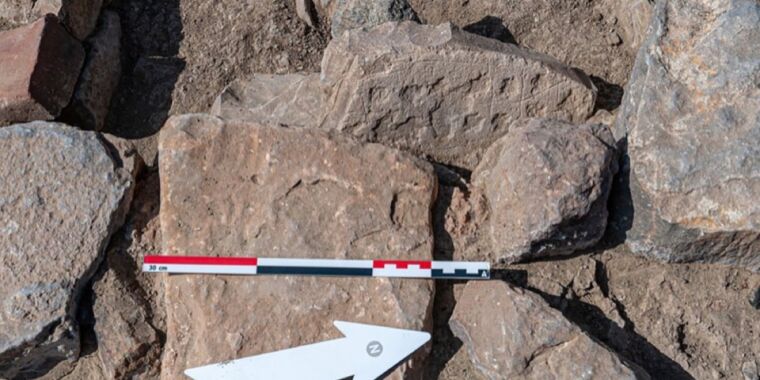
US chip supplies are close to the breaking point as a new survey reveals diminished inventories and overstretched fabs.
The numbers put the chip shortage in stark relief. In 2021, companies that purchase semiconductors had less than five days of inventory on hand as opposed to the 40 days of inventory they had in 2019, according to a survey of more than 150 companies conducted by the US Department of Commerce. At the same time, demand was up 17 percent. Many of the companies surveyed said that demand exceeded their internal forecasts.
“We aren’t even close to being out of the woods as it relates to the supply problems with semiconductors,” Commerce Secretary Gina Raimondo said on a press call Tuesday. “The semiconductor supply chain is very fragile, and it’s going to remain that way until we can increase chip production in the United States.”
Raimondo urged Congress to pass legislation that would authorize $52 billion in grants and incentives to shore up US semiconductor manufacturing capacity.
There was some good news in the report. Fabs, which typically run at about 80 percent of capacity, are operating well above 90 percent. The additional fab utilization has helped meet some of the increase in demand.
But addressing the remainder of the shortfall won’t be easy. The “primary bottleneck across the board appears to be wafer production capacity,” Raimondo wrote. In other words, to truly address the chip shortage, the world needs more fabs. Fabs take years to build and bring online. Intel, for example, broke ground on its newest fabs in Arizona in September, and the company says the fabs won’t be operational until 2024.
That jibes with another finding in the report—that most companies surveyed said they didn’t see the chip shortage abating for at least another six months.
Early in the pandemic, semiconductor firms were hesitant to commit billions of dollars toward building new fabs. No one knew whether the disruptions would be fleeting or if they would sort themselves out once the market adjusted to new patterns of demand. For example, when automotive companies canceled their orders early on, tech companies took their place as demand for their products and services surged. But consumers returned to dealer lots sooner than expected, catching carmakers flat-footed. Eventually, the thinking went, the disruptions would work their way through the system, using some of that extra fab capacity, before returning to more normal patterns.
That didn’t happen, of course.
The new demand has proven more durable, and as a result, semiconductor manufacturers have changed their tune, pledging to spend big on new fabs and equipment. TSMC has said it will spend $100 billion over three years to increase capacity, while Intel is building four new fabs in the US alone, two in Arizona and two in Ohio. In both 2021 and 2022, the entire semiconductor industry is expected to spend around $150 billion on capital expenditures, far outpacing previous years.








